Watches and Formula 1 – Episode 1 – Historical overview and Rolex as official timekeeper
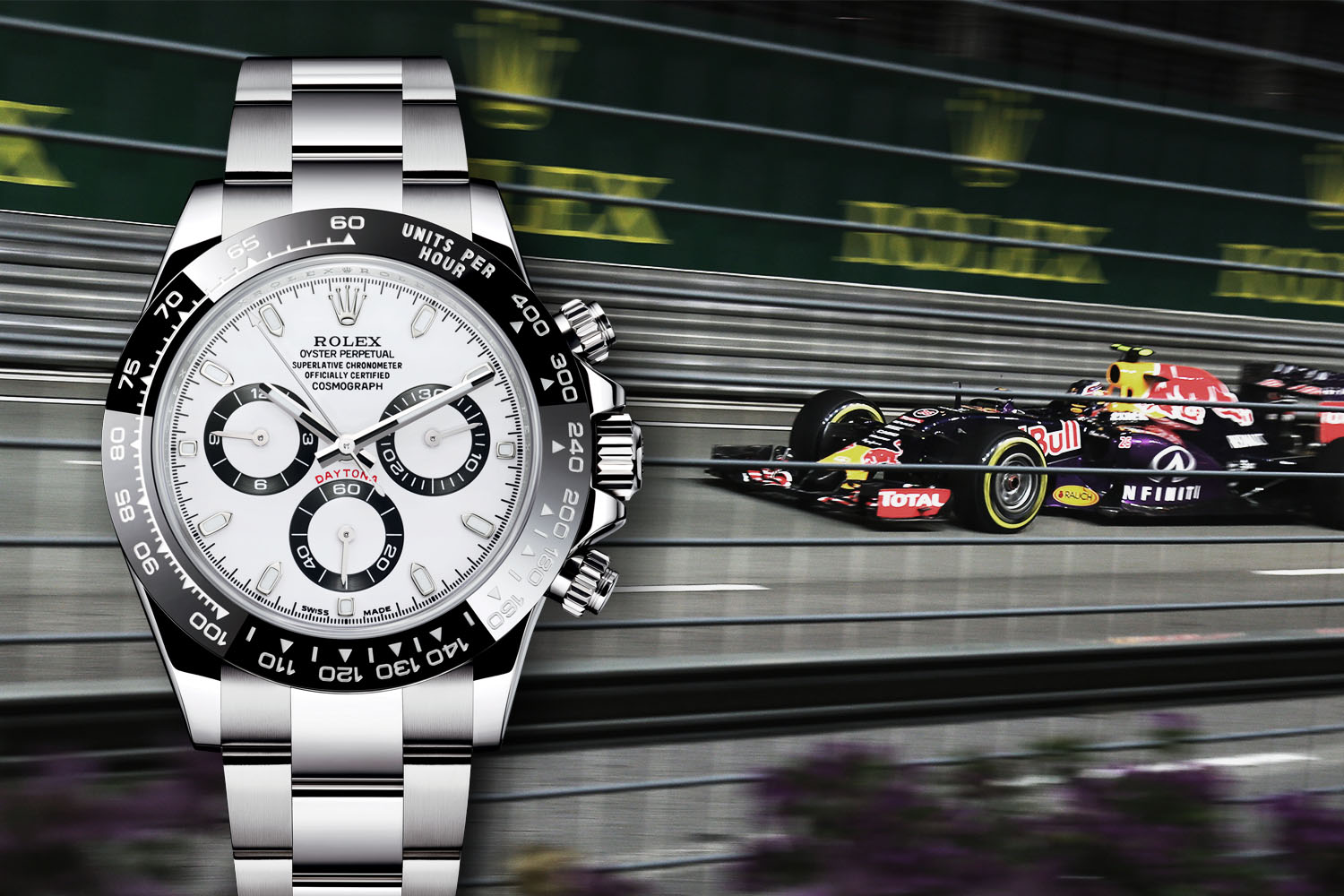
As the 2016 season for motorsport’s highest level of racing was off to a smashing start (pun intended, sorry Fernando Alonso!), we thought it would be a good idea to bring you up to speed with all the connections between Formula 1, timekeeping in general and all the various teams involved in the world of F1. As Baselworld showed us, Casio is no longer partner for Red Bull Racing, as there was a true to scale model of their racecar suspended on one other booth (TAG Heuer). Bell & Ross now is partnering with Renault Sport. In this first installment, we’ll start by going through the history of motor racing and timekeeping, the technical developments, why timekeeping is so important in Formula 1 and of course, we’ll look at the actual official timekeeper, Rolex.
History of motor-sport timekeeping
It is best to briefly run through the history of motor-racing and timekeeping before diving straight into Formula 1. I mean, watchmaking far exceeds motor racing in terms of age, as the very first documented racing event involving “cars” took place almost “just” 150 years ago, in 1867. It featured two competitors, racing what can be best described as motorized carriages (powered by steam), over a distance of 8 miles.
The steam carriage of Isaac Watt Boulton, participant of the first ever recorded race – 1867, United Kingdom.
The second event only had one competitor – so can hardly be called a race at all – but things got a little more interesting by the year 1894, with the first ever organized, official racing event, in France, from Paris to Rouen – on a distance of 79 miles. The winner crossed the finish line in 6 hours and 48 minutes. All of the races in the early days were run on open roads. As these road-races were slowly being outlawed (due to safety reasons), the first purpose built racetracks started to appear at the beginning of the 20th century, with the development of iconic venues like Brooklands, Monza, Spa Francorchamps or the Indianapolis Motor Speedway, to name but a few.
The iconic track of Brooklands
Timekeeping has obviously been around for even longer then motorcars, with simple items such as sundials, hour glasses and water clocks, all being the foundation of our modern-days wristwatches and timing instruments (even the clock in your smartphone!). Measuring time and using that to calculate speeds and a whole variety of other things is something we are very accustomed to nowadays, and we take for granted every moment of our lives. Throughout history, time has also shaped our competitive nature, as a means of figuring out one simple fact; who is best? Whether it being horseracing, a marathon or a simple soccer / football game; everything is limited or determined by time. Who is the quickest over a predetermined distance, who can cover the most miles in a predetermined timeframe or who can score the most points in a limited amount of time? You simply cannot deny time as a key factor in all of mankind’s “mine-is-bigger-and/or-better” shenanigans.
Rolex as an early motor-sport timekeeper
Thus, it is no surprise that many of today’s watch brands are collaborating with racing series, teams, drivers or events, in one way or another. One of the most illustrious names to do so is Rolex. The “Crown” has been involved with motor racing since the early 1930s, when they were involved with legendary speed demon, Sir Malcolm Campbell.
This man is most famous for racing very large, very fast and very unsafe cars at the very limit, breaking numerous world records in the process, all in the pursuit of greatness. On September 4th 1935, Sir Malcolm Campbell, behind the wheel of the Bluebird and wearing a Rolex, set a new land-speed record of 301.337 miles per hour (or 484.955 km/h) on the Bonneville Salt Flats, Utah. In total he broke the record 9 times between 1924 and 1935. He reputedly sent a letter to Rolex, stating he had been using their watch under “somewhat strenuous conditions”.
Sir Malcolm Campbell driving Bluebird on Daytona Beach
History of timekeeping in Formula 1
If we make a little jump to the end of the 1950s, a Speedway had been built in Daytona, Florida, the city where Sir Malcolm Campbell set 5 of his 9 records on the sandy beach. It is this very city in the south-west of the United States that perhaps shaped the most iconic watch in Rolex history, the Cosmograph “Daytona” ref. 6239, launched in 1963. It has been part of the collection ever since (and has just been redefined with the 2016 Rolex Daytona 116500LN with Cerachrome bezel).
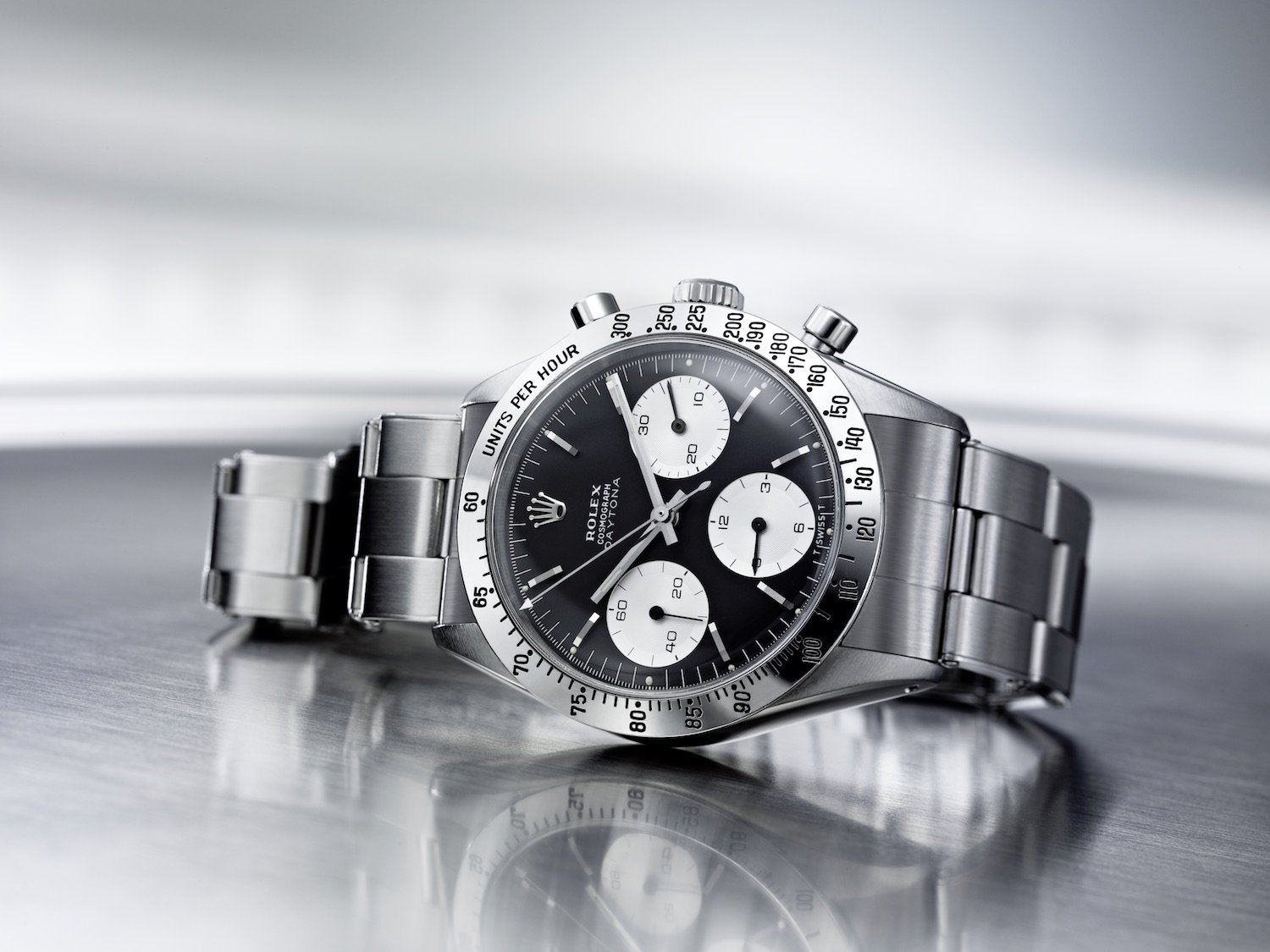
The first Rolex Cosmograph Daytona, the 1963 ref. 6239
The Daytona Beach Speedway, Florida, USA
The 1950s are also the time of change in motor racing’s highest platform. Grand Prix racing was done mostly pre-war (meaning; before WWII) and turned into Formula 1 just a few years after the war ended. The first official championship was organized in 1950. Timekeeping used to be very primitive in the early days of motor racing but things were already moving forward.
The First Monaco F1 Grand Prix, 1950.
The use of the stopwatch, mechanical at first, changed the course of timekeeping a little bit but it was still far from being computer controlled and, more importantly, a system that could simultaneously tracking each individual competitor or team. In time, this could also eliminate irregularities, miss-interpretation of manual timing results or even downright cheating. An example of the irregular timing in Formula 1 due to the manually operated stopwatches is the Italian Grand Prix in 1971. For Italians it would be best if a Ferrari driver was on pole position, so it was good news for all Tifosi that Jacky Ickx was flagged off with the best laptime after qualifying, at 1:22.82. Matra however, with its fulltime, professional timekeeping lady Michelle Dubosc disputed this result as she recorded a time of 1:22.40 for their top ace Chris Amon. Michelle had the reputation of being as accurate as a Japanese calculator (I know, wrong era but you know what I mean) so race directors granted Chris Amon the front row spot on Sunday’s grid. The decision was made too late to change the headlines in the papers so they still had Jacky Ickx as the man on pole. This incident is just one example, albeit a perfect one, as to the need for a single, universal (for Formula 1 or motor racing at least) system to track all drivers from start to finish, period.
Michelle Dubosc, first ever professional timekeeper in Grand Prix Racing
Since the start of Formula 1 in 1950, Heuer was present with their manually wound mechanical chronographs. Teams like Ferrari, Lotus, Lancia and Maserati used chronographs by Heuer, mostly operated by the driver’s girlfriends or wives. If you rummage through vintage photographs from any form of racing you are likely to find Heuer chronographs and stopwatches being operated by these women in quite a few of them. The iconic clipboard or dashboard instruments were widely used in motorsports, right up to the introduction of electronically powered devices.
This evolved with Tag Heuer laying the ground-works for today’s timekeeping in the seventies by developing their ACIT system (Automatic Car Identification Technology). It worked by putting small transmitters on the cars, each trans-ponding a unique frequency to a stationary antenna at the finish line. Even if multiple cars crossed the line at once, the ACIT system could identify who was first, second, third and so on, down to a thousandth of a second. This meant there was no more messing around with pen and paper, no more multiple chronographs to keep track of and all other possible options. By the end of the decade the technology was the sole timekeeping system in use by the championship and teams. Heuer eventually sold the technology to Longines who partnered with Olivetti as official partner for F1.
Early Heuer electronic timing system
Since then, the sport has been developing in warp speed, and the demand for precision timekeeping has skyrocketed. Pole positions, fastest laps and sometimes even races have been won or lost by mere tenths of thousands of seconds. In 1967 John Surtees (still the only one to become World Champion on 2 and 4 wheels at the highest level possible in both disciplines) won the Italian Grand Prix by 0.200 seconds over Ozzie driver Jack Brabham. A few years later, Elio de Angelis won the Austrian Grand Prix, in his Lotus, by only 0.050 seconds. He was just inches ahead of later World Champion Keke Rosberg (who’s son Nico is now racing for Mercedes-Benz).
The closest finish however, is something spectacular. The top 5 finishers of the 1971 Italian Grand Prix (again Monza!) came across the line with only 0.061 between first and fifth place. Peter Gethin managed to come out of the famous Parabolica corner after a fierce squabble with Ronnie Peterson, Mike Hailwood, François Cevert and Howden Ganley in the final lap of the race. These finishes are testament to the need of accuracy in timing throughout a race weekend and even an entire season. It is absolutely necessary to have a reliable, accurate system and with the introduction of ACIT in the early seventies, Tag Heuer placed the ground-works for the current system.
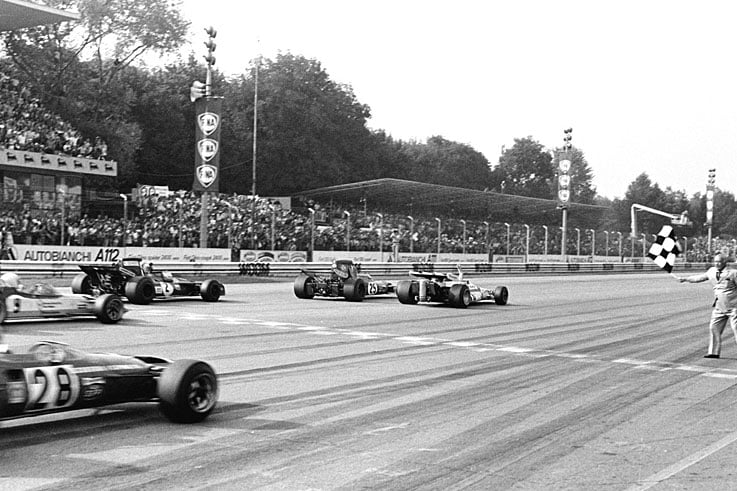
The finish line of the 1971 Italian Grand Prix – Monza, Italy.
The system in use nowadays is simply an evolution of ACIT. It still uses transponders on the car but instead of passing fixed receivers at two or three spots around the track, it has developed into a system that supports live timing. It is needed to measure the gap between cars and trigger the Drag Reduction System to gain speed on the car ahead of you, it is needed to time pit stops to perfection in order to stay in front of your rivals, it is needed to calculate how hard a driver needs to push in order to fight the guy in front for the win. Furthermore, it also allows spectators to keep live track of their favourite drivers throughout the entire race. A continuous flow of data from cars to pits enables race control to share detailed timing information with teams and viewers instantly, which can be displayed in limitless graphics basically.
A modern Formula 1 timing system
They can show a map of the racetrack with the location of each driver, at a given moment. It is especially interesting to see this when driver’s head for the pits to change tires. If someone is being chased hard, and the gap is roughly a full pit-stop, we want to know how close they will be when he re-enters the racetrack don’t we? We can see it at the end of the straight when both cars are close together, but it adds another level of excitement if you will.
Rolex and the Formula 1
We now fast forward to 2013; the year Rolex forged their official partnership with Formula 1 to come full circle in motor racing. They follow a long line of brands that have been the Official Timekeeper of Formula 1 racing, like (TAG) Heuer, Longines and Hublot. Although Rolex has been an official timekeeper for the 24 Hours of Daytona and the 24 Hours of Le Mans, Formula 1 is a very different discipline of racing. Back in the days, it had nothing to do with endurance, sustainability, or cutting costs. Arguably, this is very much part of the championship now, for instance with the limited number of engines that can be used throughout a season without receiving penalties. Formula 1, despite all its current drawbacks (noise, regulations, qualifying) and sometime ridiculous initiatives to return to the glorious form of racing it once was, is still one of the biggest broadcasted sporting events. Each and every racing weekend, it draws in as much as 500 million viewers worldwide. It makes sense to use this as a billboard for a brand. Your logo aired throughout millions of households, followed by countless media-outings in print, online platforms or merchandise.
A big change in the aura of previous partners for Formula 1, Rolex seems like the right brand to collaborate with, doesn’t it? An aura and legacy strong enough to match with the one from Formula 1 and a strong technological content on the other. The involvement of the two goliaths has not (and will probably not) result in showy, overly designed limited editions – for that Rolex could be considered too conservative – and we, at Monochrome-Watches, are very happy about this situation! The partnership is something we expect to last a good number of years as we can think of no other brand to fill this spot other than maybe TAG Heuer.
Even though the demand of precision is far beyond the application of mechanical timekeeping, and has thus a new system was needed to provide and sustain the needed accuracy, the link between the two fields of engineering is still relevant. There is still significance between motorsports and watchmaking, even though it is more about “boys and their toys” than it might ever have been. But is that an issue to worry about? A resounding, definitive “NO” is the answer if you ask us.

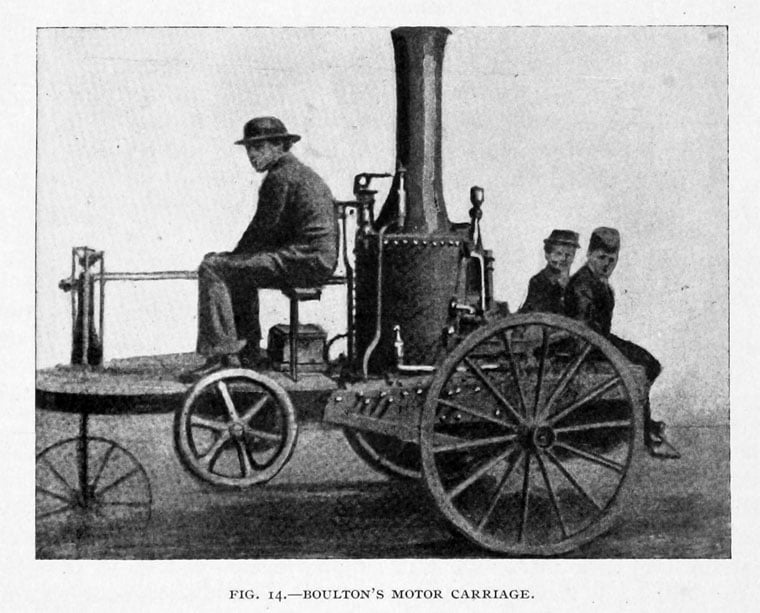
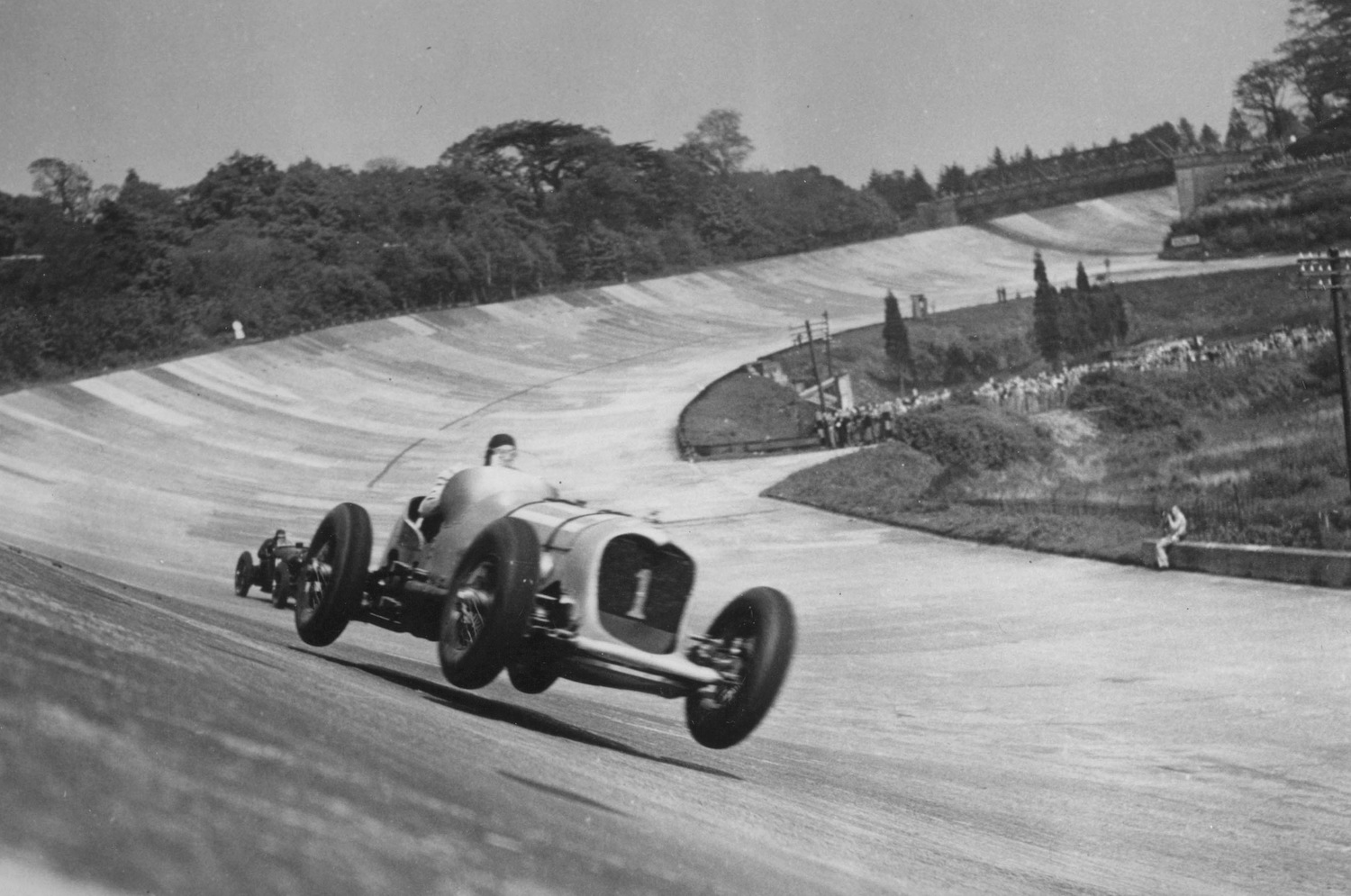
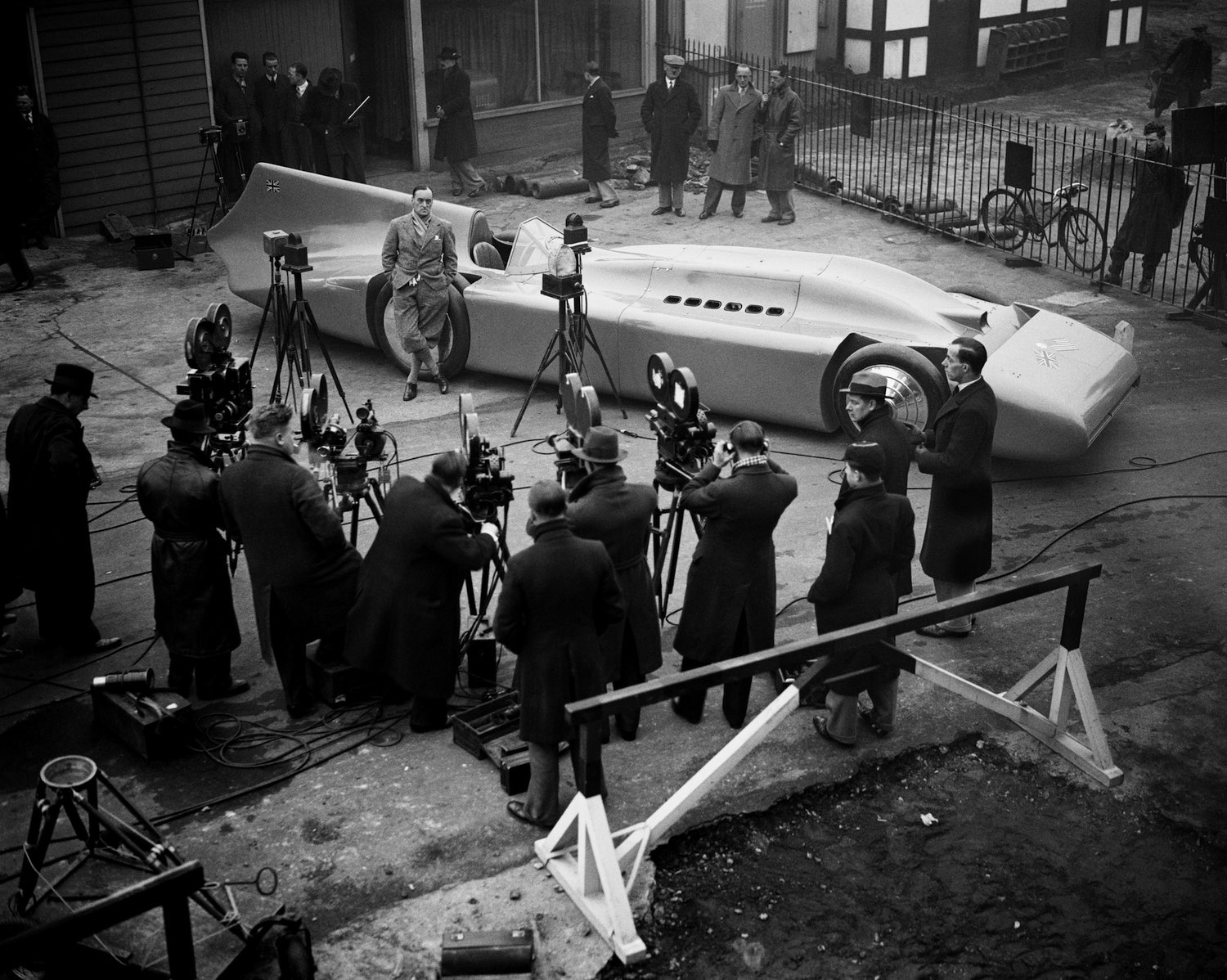
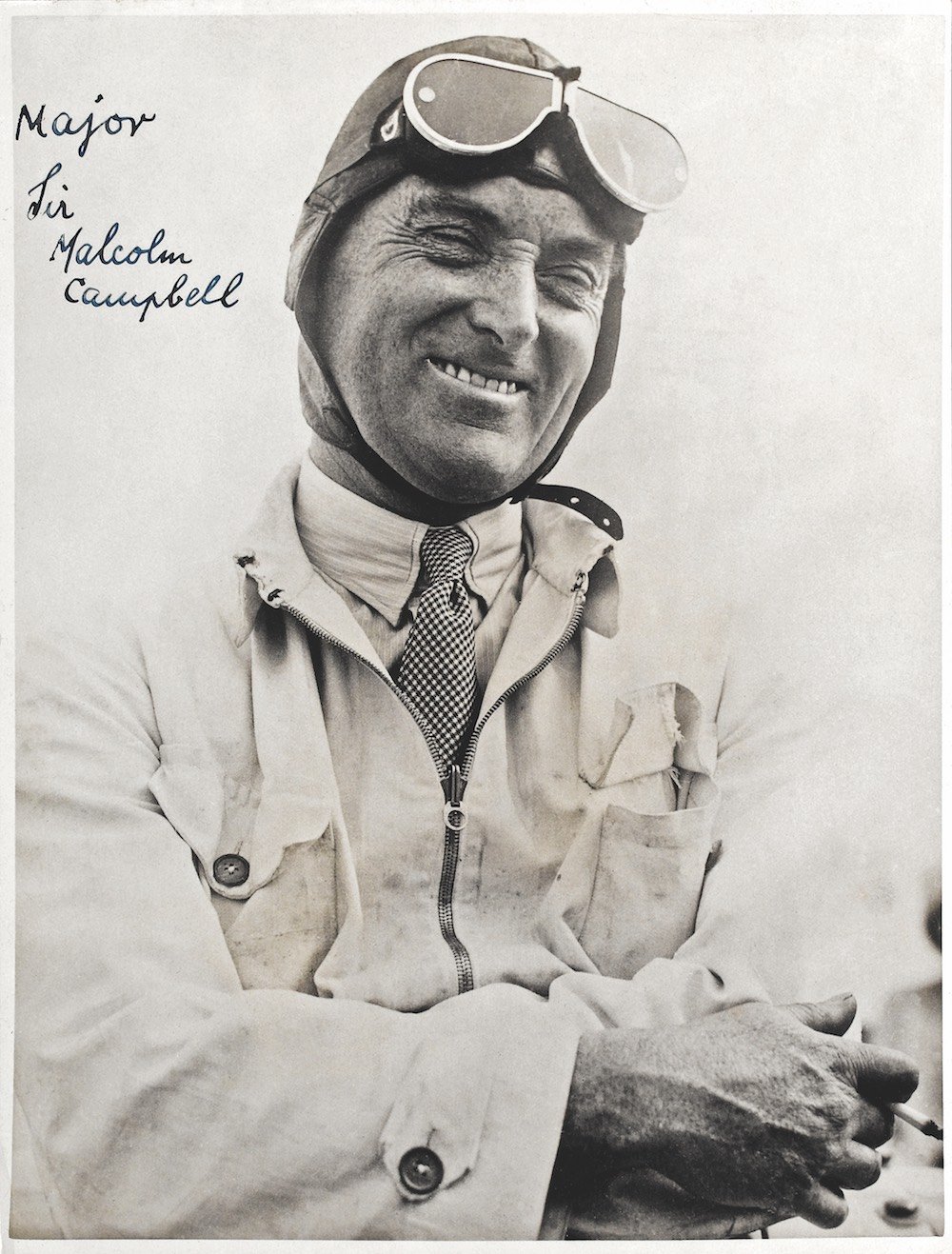
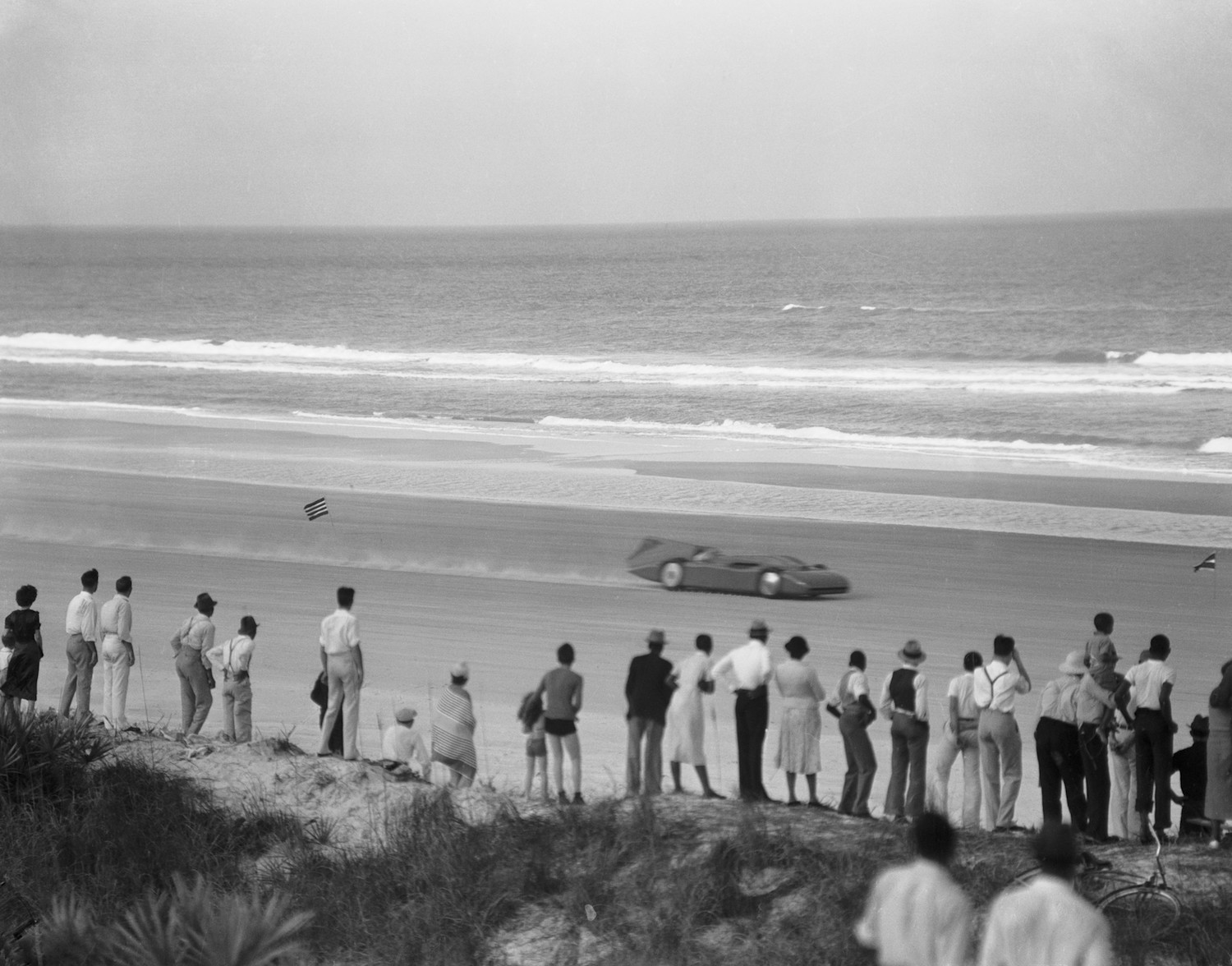
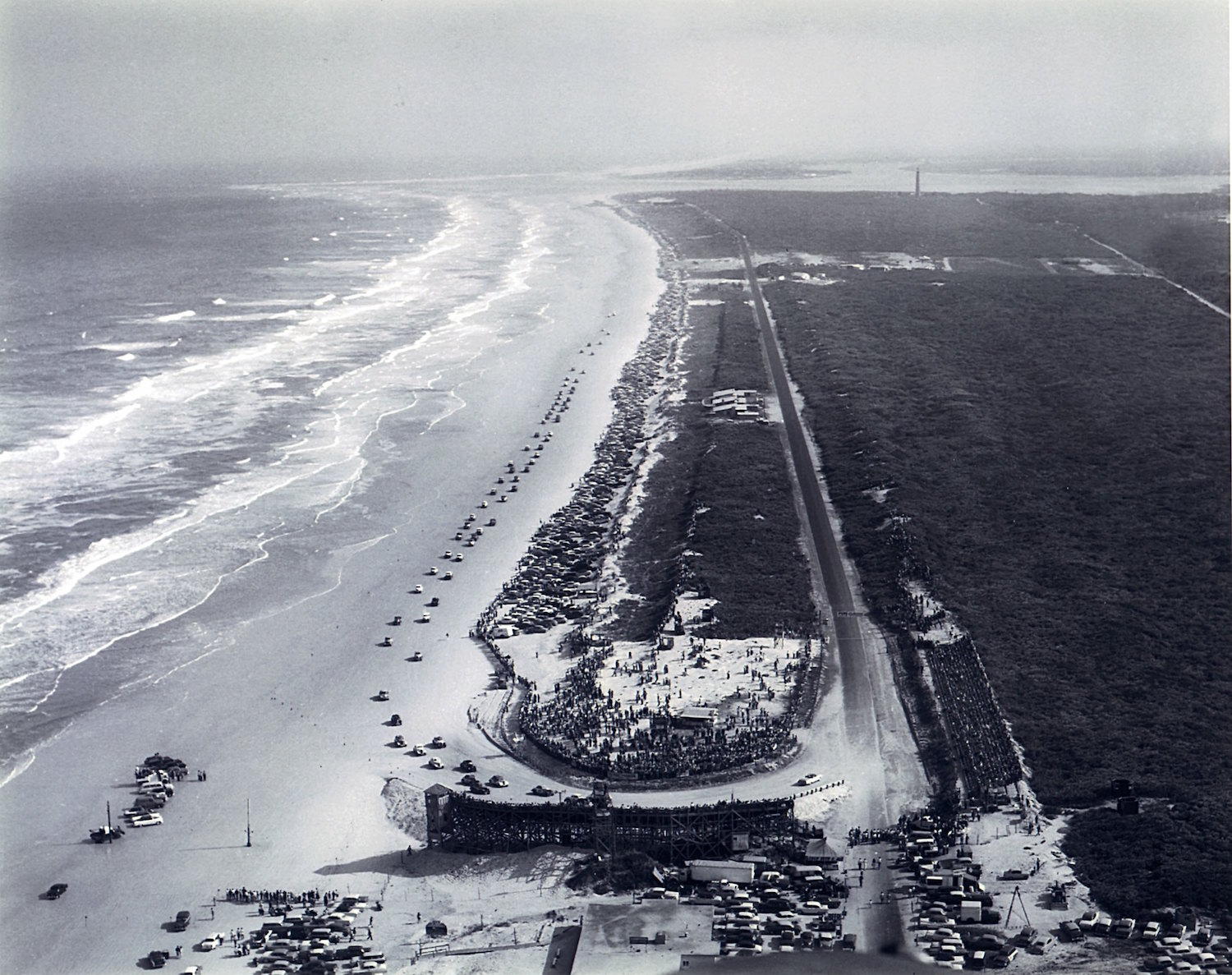
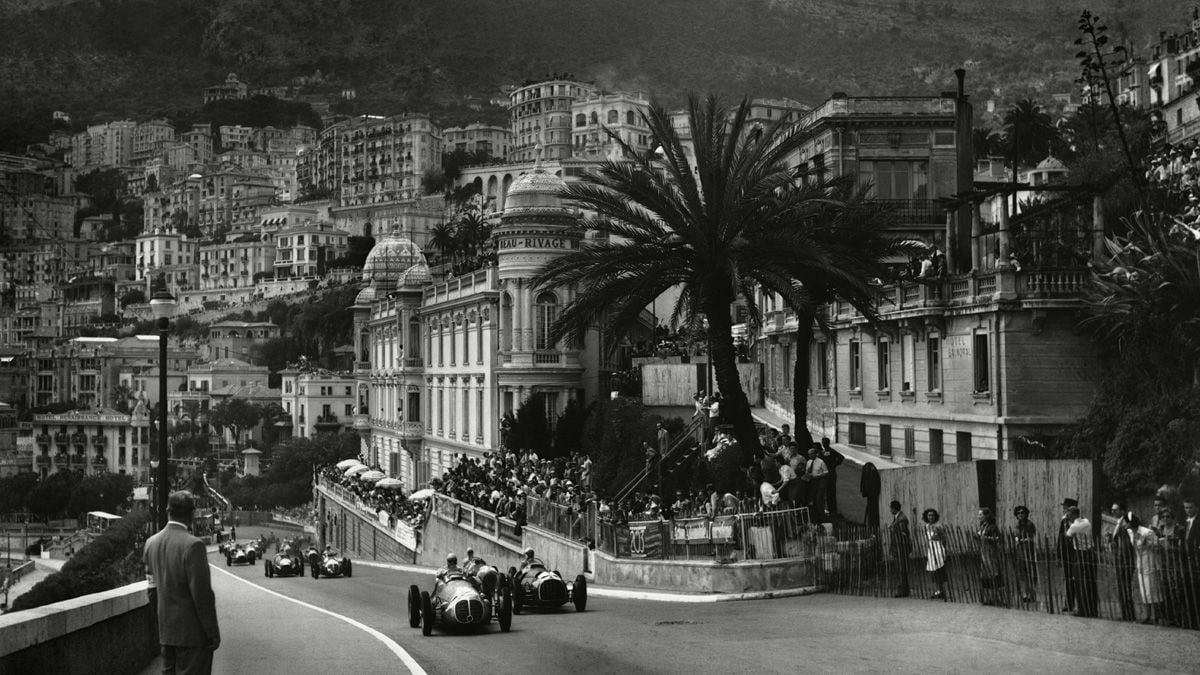
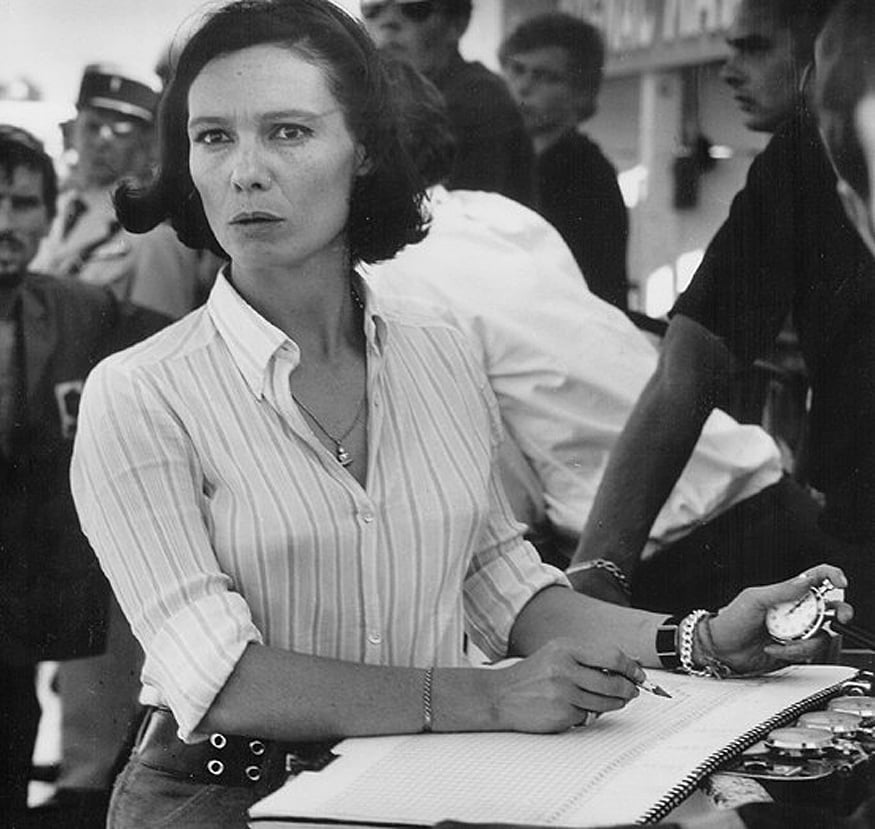
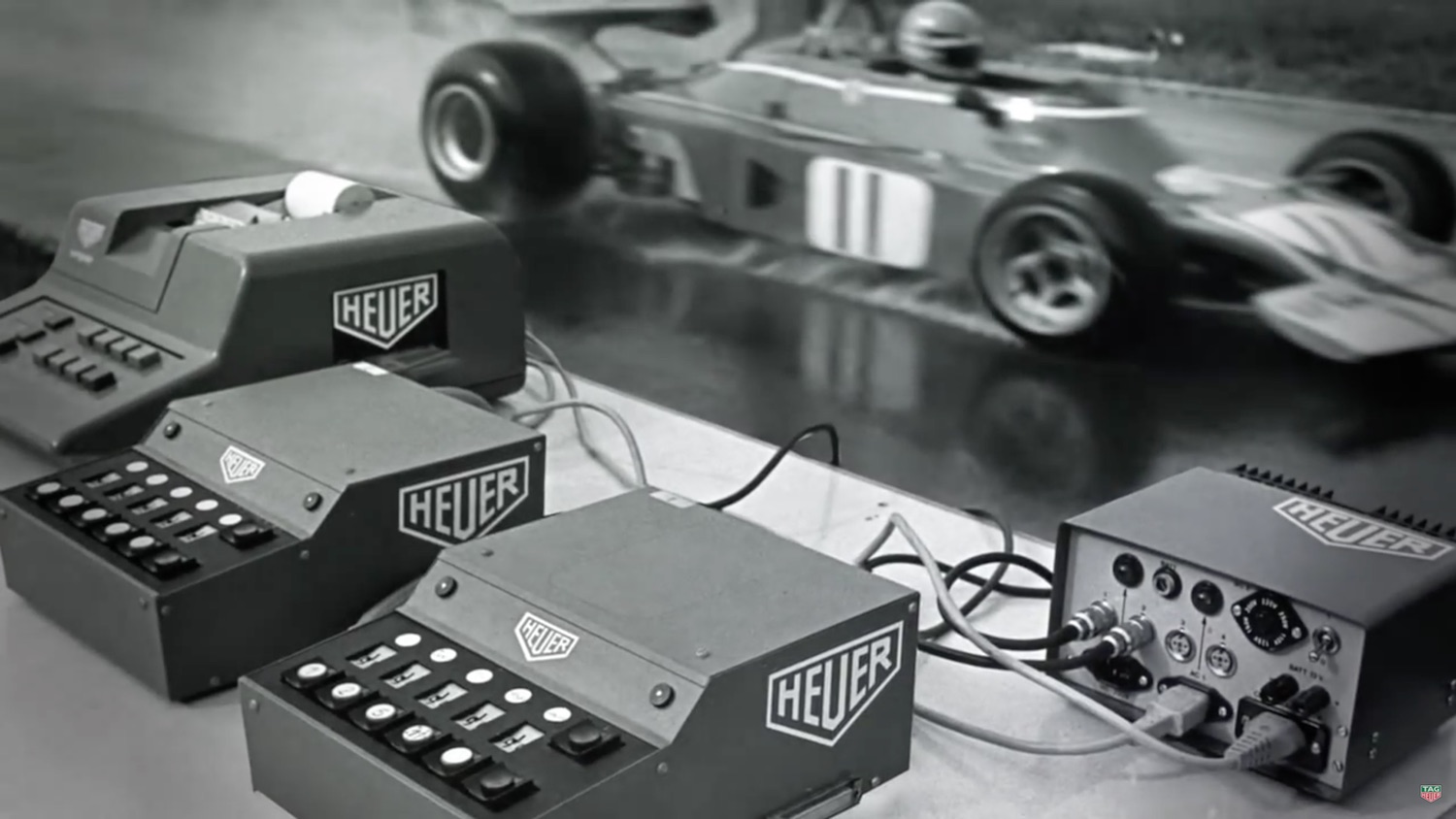






3 responses
Very well done history of racing and watches! Just one small point. Daytona, Florida is in the southeastern U.S., rather than being southwest as the story said
Great piece and cool pictures you’ve gathered Robin!
Florida is in n the South Eastern USA.